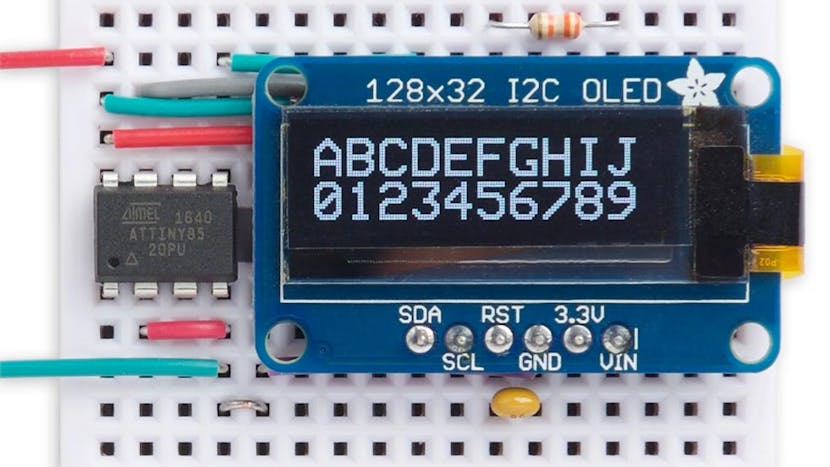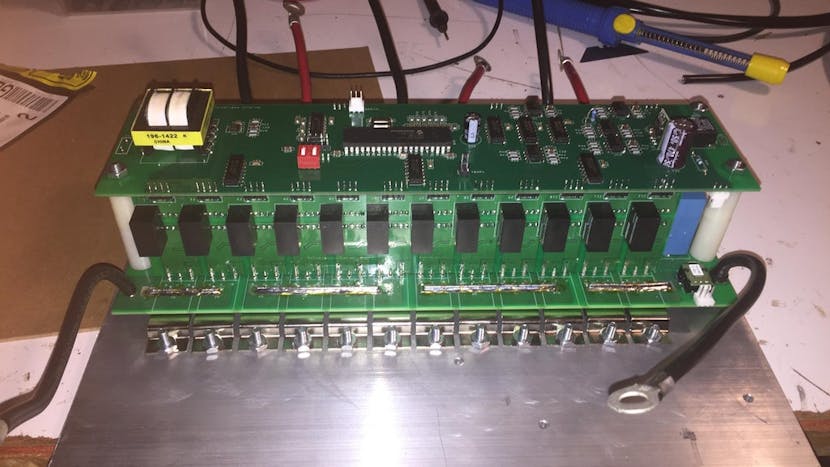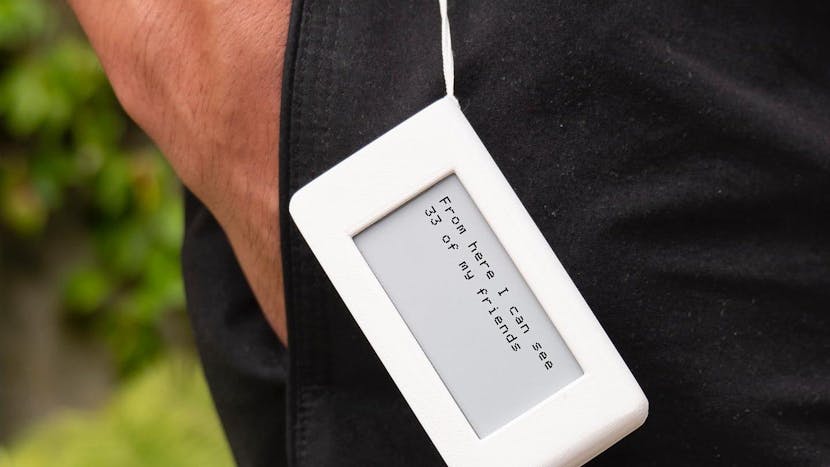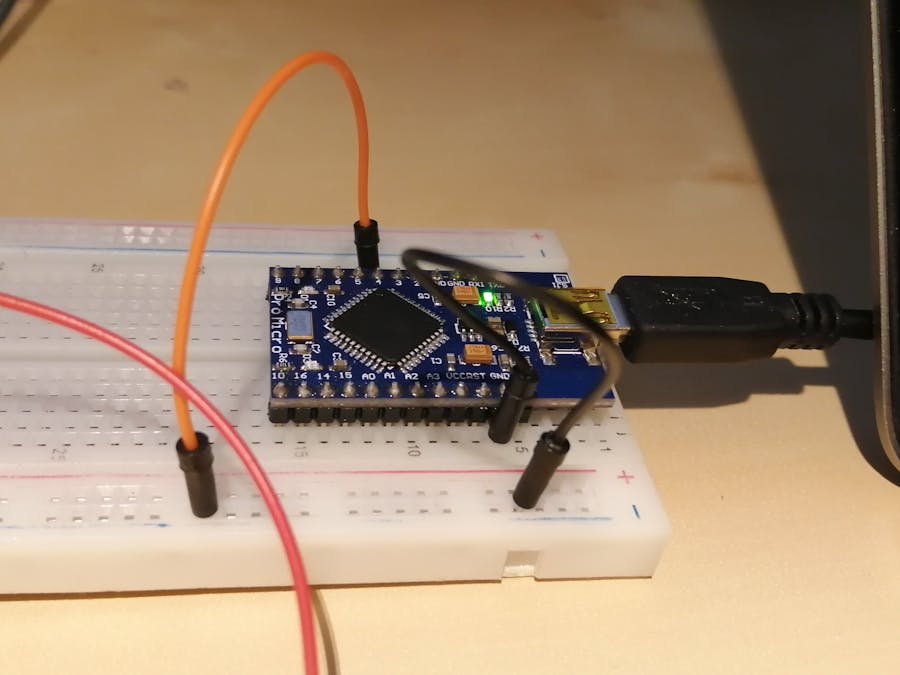Graphic displays are great at showing rudimentary numbers and letters in block form at a small 6 x 8 resolution, but kicking those fonts up to a larger size, such as 12 x 16, makes the characters look blocky or distorted. The problem here is the larger magnification also increases the empty areas within the character block; thus, the numerals look jaggy. Electronics enthusiast David Johnson-Davies has come up with a technique to fix that issue and seemingly smooth over those characters, making them readable at a distance.

The smoothing works by checking whether one of the following two situations A or B occur anywhere in the double-resolution character. (?: Technoblogy)
In his recent Technoblogy post, Johnson-Davies took a closer look at the problem, analyzed the smoothing problem, and found that the character block’s angled areas were responsible for the distortion, while the horizontal and vertical scaling of the font remained smooth. His fix entails looking at the checkered patterns at what’s being drawn, then adding a single pixel to fill in the blanks, making them appear smooth when upscaled. Johnson-Davies packaged his approach into a simple function that works in an Arduino environment, although it can easily be tailored to work no matter what language users prefer.





